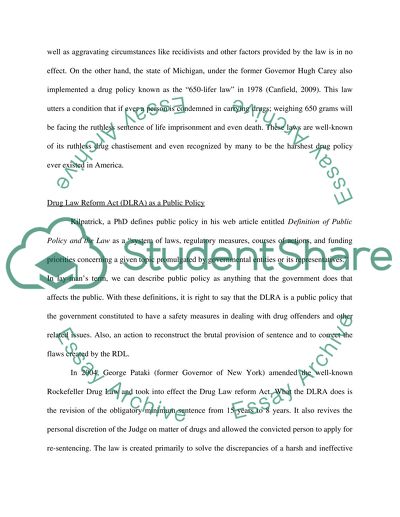Cite this document
(“A new approach to drug policy: drug law reform act Research Paper”, n.d.)
Retrieved from https://studentshare.org/law/1415306-a-new-approach-to-drug-policy-drug-law-reform-act
Retrieved from https://studentshare.org/law/1415306-a-new-approach-to-drug-policy-drug-law-reform-act
(A New Approach to Drug Policy: Drug Law Reform Act Research Paper)
https://studentshare.org/law/1415306-a-new-approach-to-drug-policy-drug-law-reform-act.
https://studentshare.org/law/1415306-a-new-approach-to-drug-policy-drug-law-reform-act.
“A New Approach to Drug Policy: Drug Law Reform Act Research Paper”, n.d. https://studentshare.org/law/1415306-a-new-approach-to-drug-policy-drug-law-reform-act.


